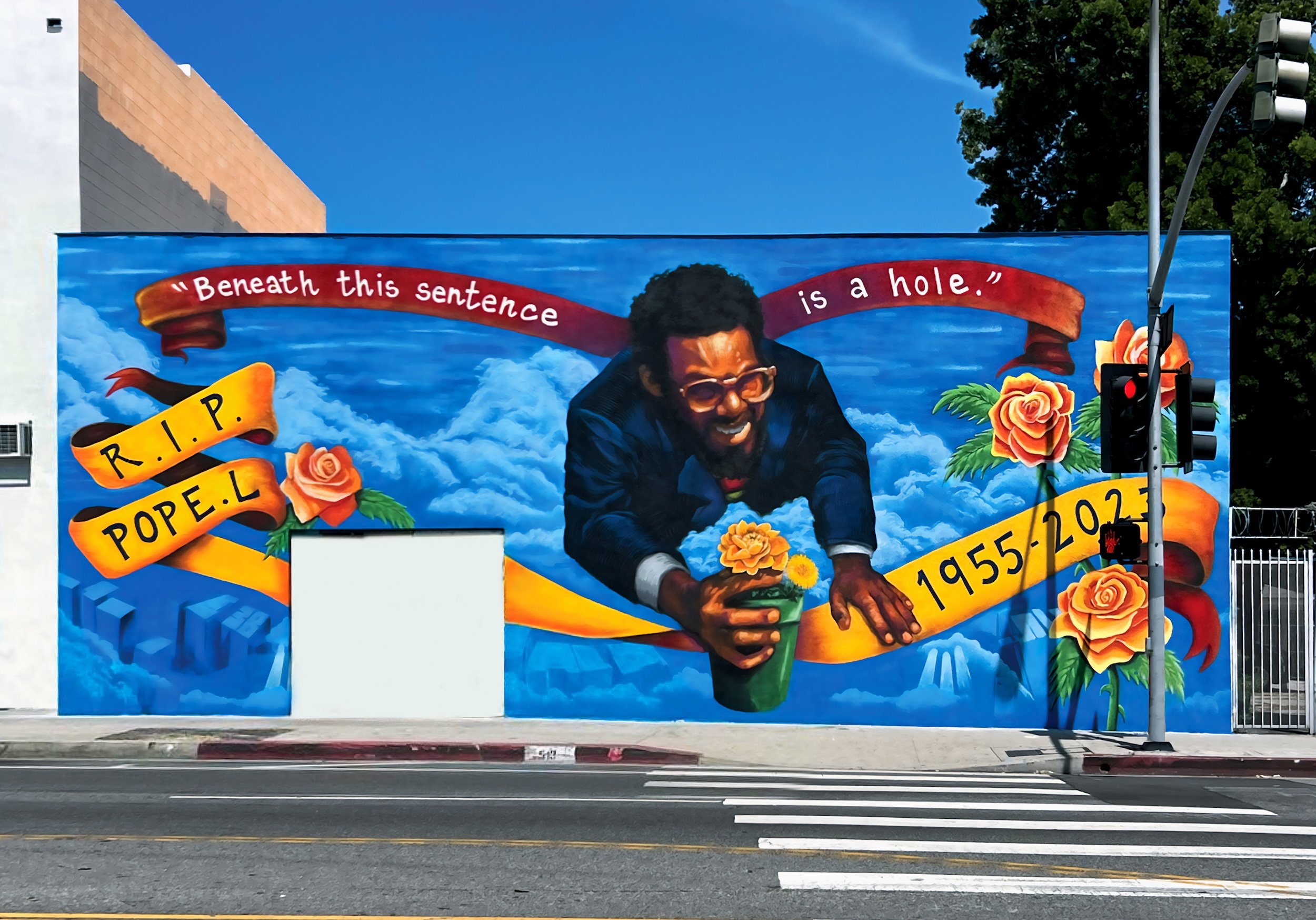
When photographer and critic Allan Sekula died in Los Angeles in 2013, he left behind abundant evidence of a life spent collecting all sorts of material over decades in L.A. and traveling the globe with his wife, art historian Sally Stein. This presented a challenge when Stein put the house on the market and had to decide what to do with their extensive holdings, which filled the rambling Craftsman in Koreatown.
Even after donating much of his archive to the Getty in L.A., giving some 15,000 books to the Clark Art Institute in Williamstown, Massachusetts, and sending the 1,250-strong Dockers Museum to the Museum of Contemporary Art Antwerp, she was left with far more than she could possibly fit into the four-room apartment she was moving to in her hometown of New York.
Fans of Sekula and Stein will have a rare opportunity over the next week to bring home some of the items the duo lived with over the years as Los Angeles art venue the Brick is staging a benefit garage sale of their collection. Founded as LAXART in 2005, the nonprofit visual arts venue has moved to a new location, a former furniture showroom at 518 N. Western Avenue, just north of Koreatown. It is newly renamed in honor of the red bricks that are prominent in the new, 5,000-square-foot facility.
Courtesy the Brick.
“All pun intended, they are brick and mortar of the L.A. cultural community,” said Hamza Walker, director of the Brick. “Between Sally’s stint teaching at UC Irvine and other schools in the area and Allan’s stint at CalArts, they have a bevy of progeny.” Theirs, he said, has been “one of the most lasting and critical engagements with documentary photography, bar none.”
“I was overwhelmed,” said Stein of surveying their home in preparation for her move. “Hamza Walker had worked with Allan at the Renaissance Society [where Walker previously worked for more than two decades] and I thought, what am I going to do with this? Make 40 trips to the Goodwill? I had planted bushes and and cacti and agave in place of a lawn, so I couldn’t do a yard sale, so I went to Hamza and asked, ‘Would you be interested in doing some kind of weird rummage sale as a soft opening, to remind people we are in a new place?’”
Courtesy the Brick.
Sekula and Stein have indeed long been fixtures in the area’s higher education system and the international art world. Stein taught art history at Irvine from 1993 to 2008 and has numerous books, articles, and essays to her name. She has frequently published on her husband’s work, including co-editing the 2020 MACK book Allan Sekula, Art Isn’t Fair: Further Essays on the Traffic in Photographs and Related Media.
Courtesy the Brick.
Sekula died of esophageal cancer at the age of 62; he had taught at the California Institute of the Arts for almost three decades. He was recognized with inclusion in major shows such as the 1993 Whitney Biennial in New York, and, in Kassel, Germany, Documenta 11 (2002) and 12 (2007). He earned fellowships from no less than the Guggenheim Foundation and the National Endowment for the Arts, among others.
The garage sale gets underway this Sunday, June 23, from 2 to 6 p.m. Stein has donated their home library (containing more than 3,000 books), along with all manner of bric-a-brac including mementos from their travels, Hasselblad slide projectors, and “lots and lots of Sekuliana,” said the Brick. Among the themes are photography-related items like toy cameras and objects related to seafaring, which was one of the lenses through which Sekula viewed modern industrialization. The sale will continue from Tuesday through Saturday, June 25–29, from noon to 5 p.m. each day.
Courtesy the Brick.
The garage sale will, of course, present a much more affordable alternative than Sekula’s work for those who want to have a piece of Sekuliana. Two pieces are on offer, said Walker, priced at about $18,000 and $20,000. The artist’s current auction high is $10,000, set at Sotheby’s New York in 2019 for his 1999 work Dear Bill Gates (Triptych), consisting of three photographs and a letter to the Microsoft magnate, who had the year before purchased Winslow Homer’s Lost on the Grand Banks for $30 million, a record price for an American painting at the time. “It’s a great painting,” Sekula wrote in the unsigned letter, “but, speaking as a friend and fellow citizen, at $30 million you paid too much.”
By contrast, no one will overpay at the Brick’s sale; its announcement even invites people to haggle, so the prices may even be more a matter of making an offer. It would have been far too much work to go through and price each item individually, said Walker.
Courtesy the Brick.
“It sparked all these memories,” Stein said of looking at the objects. She’s not even sure she’ll go, she said, partly due to possible seller’s remorse. “I may decide I want things. I may be nauseated. It’s kind of like attending your own funeral. I’m happy that Hamza can use it as a soft opening for the Brick. I think the programs sound exciting, and this is a way of reminding people that the Brick is a very eccentric space, like a Kunstverein.”
The collection is also, to say the least, eccentric, said Stein, who admitted she was at times impatient with the breadth of her husband’s acquisitions, but in his view, the interconnectedness of the world justified a wide-ranging acquisitive program. “Sometimes it drove me nuts,” she said. “His answer would be, ‘It’s all connected.’”